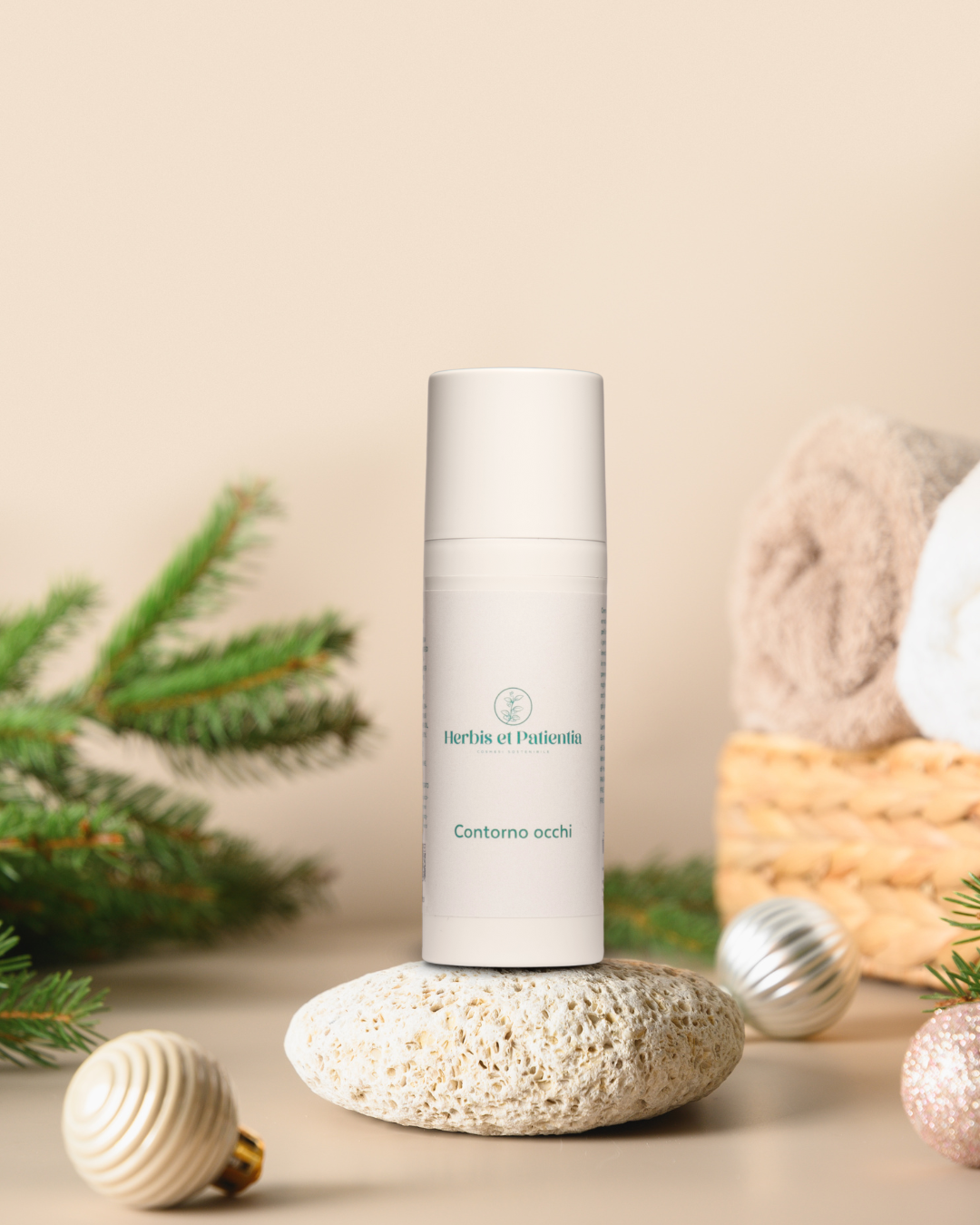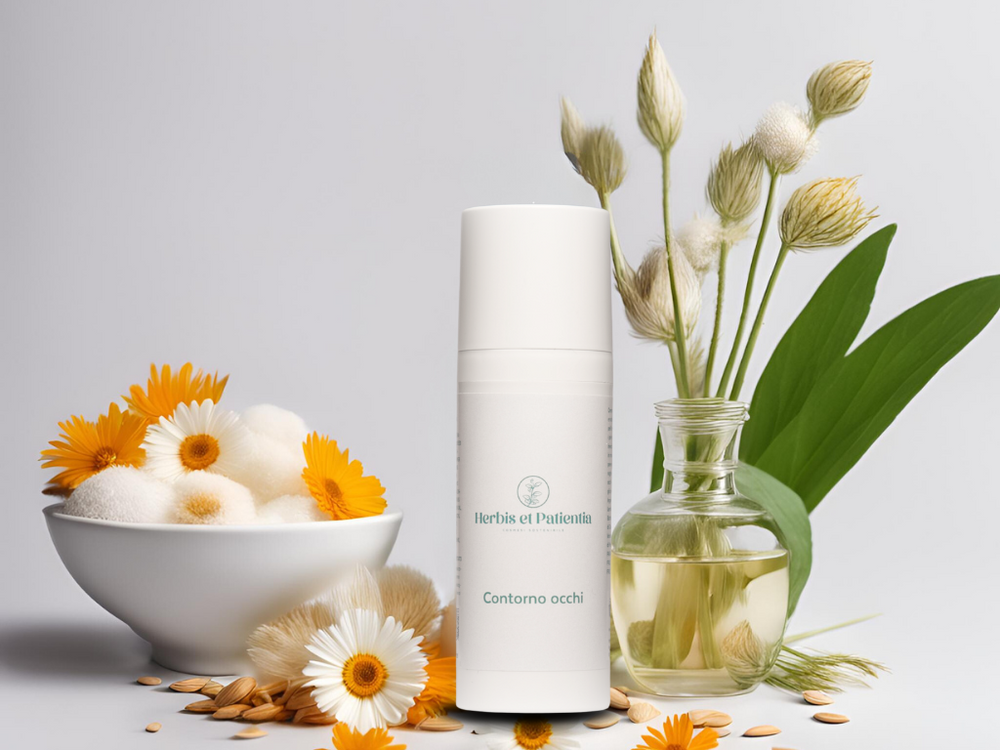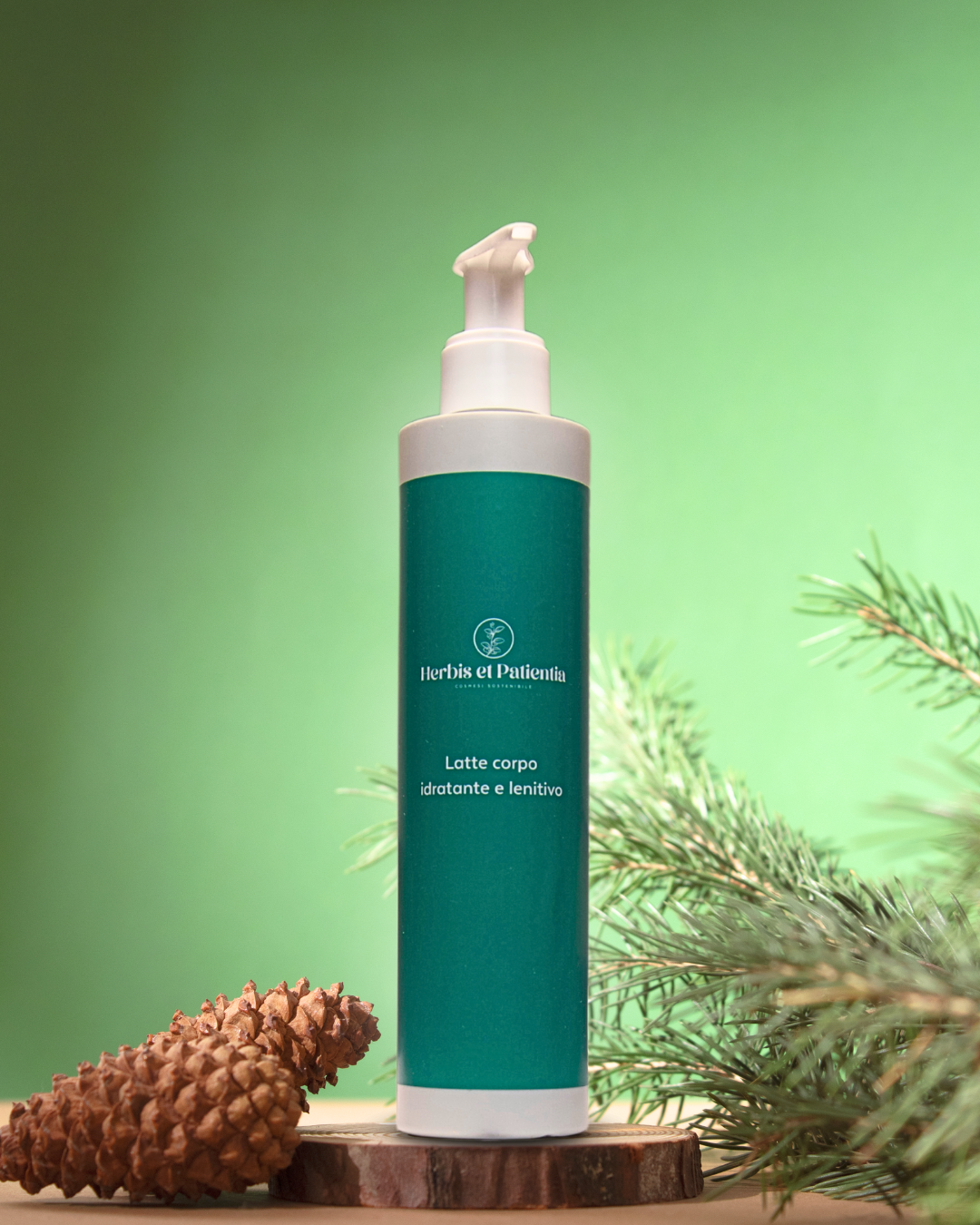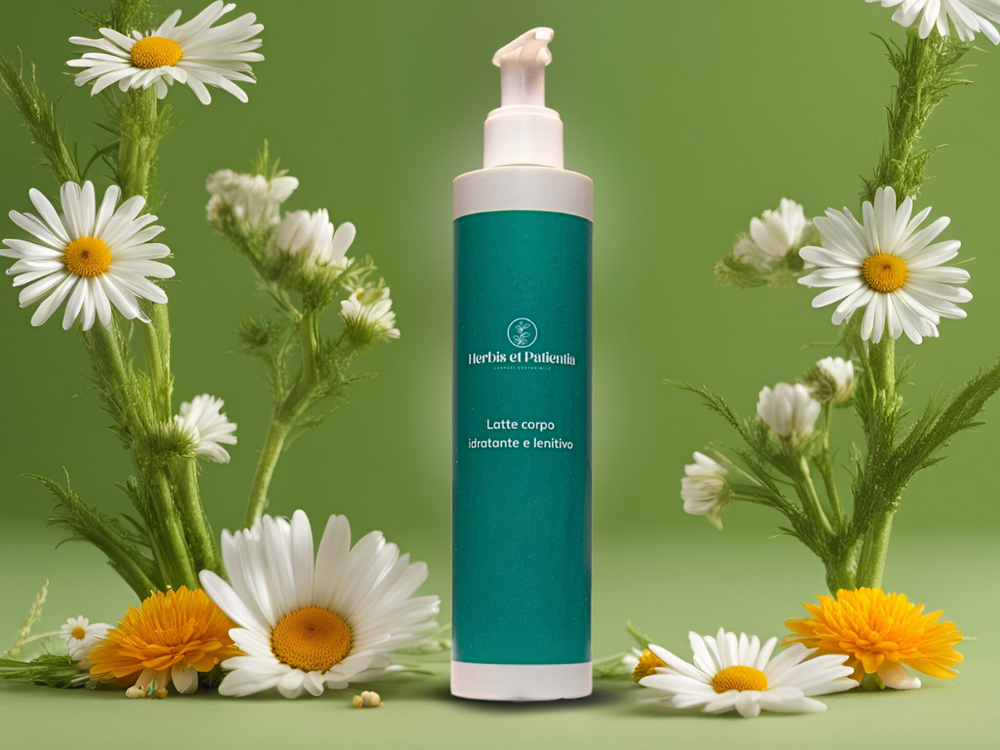Life Cycle Assessment
In the previous post I mentioned Life Cycle Assessment , the methodology that studies the life cycle of a product to identify its environmental impact.
With this method, all the relationships of the product with the environment are analyzed, starting from the acquisition of raw materials, through the production process, packaging, distribution, use, up to the end of life of the product.
For each of these phases, the LCA method identifies the input flows (materials, energy and resources used) and output flows (air emissions, land occupation and transformation, water and resource consumption) and quantifies the environmental impacts related to the use of natural resources, the effects on human health, on the ecosystem and the greenhouse effect.
- • Intervening with effective solutions in the different phases of the life cycle if they emerge as impactful.
- • identifying opportunities for improvement in order to achieve the best solutions to reduce environmental impacts.
- • Choose raw materials originating from the territory . The creams are composed of extracts of plants that grow luxuriantly in our country such as the mastic oil extract, the mallow extract, lavender, and dog rose. From an LCA perspective, we do not use argan oil or shea butter because, being originally from Africa, they would have a great environmental impact during the transport phases. The same principle was applied in the scrub where, as an exfoliating substance, the red fir bark powder that comes from Trentino Alto Adige was selected rather than the redwood powder from Oregon.
- • Develop cream formulations with a “Short” INCI . Our cosmetics are highly concentrated, have few active ingredients selected to ensure maximum effectiveness and functionality of the cream.
- • Use packaging with a low environmental impact . We use PCR plastic, post-consumer recycled plastic where possible, and the packaging is made of FSC recycled cardboard, printed with naturally occurring colors and we minimize packaging.






